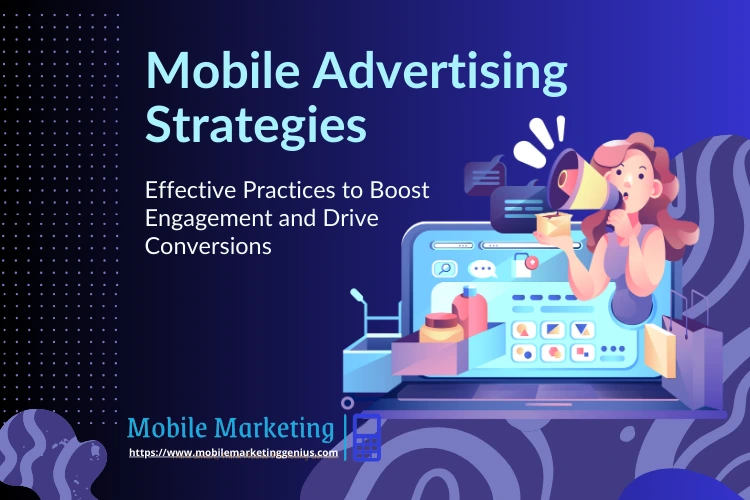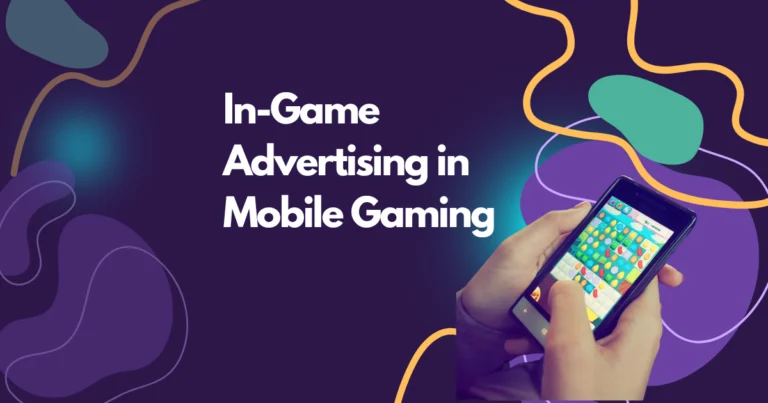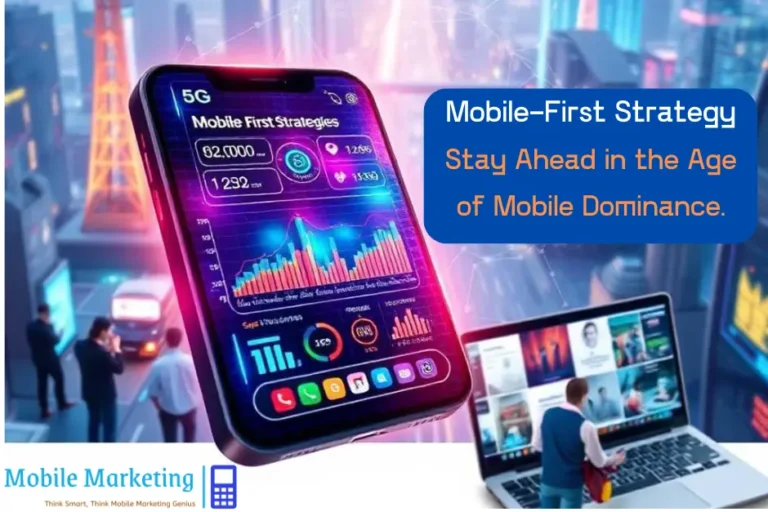What is Strava App: Your Ultimate Guide to Engaging the Fitness Community

What is Strava App? Strava is a fitness tracking app that combines activity tracking with social networking, designed primarily for athletes, runners, cyclists, and outdoor enthusiasts. Launched in 2009 by Michael Horvath and Mark Gainey, Strava App has grown to over 100 million users across 195 countries, becoming a community-focused fitness tracker app where users can monitor progress, join challenges, and share achievements. With its robust GPS activity tracking and a unique blend of social features for athletes, Strava offers a powerful experience for the fitness community. This guide explores what makes Strava App stand out, from its mobile marketing strategies to pricing, privacy, and key engagement features.
Table of Contents
What is Strava App?
Strava App was developed by Strava, Inc., headquartered in San Francisco, with the vision of building a global fitness community that supports athletes in achieving their goals. Since its launch, Strava has carved out a unique space in the world of fitness tracking apps, offering both performance analytics and social connection. Available as both a mobile app and website, Strava allows users to track, analyze, share, connect, explore, and compete with each other, creating a comprehensive fitness tracker app experience that appeals to both recreational and serious athletes. Strava App has over 100 million users worldwide, particularly popular in the United States, the United Kingdom, Australia, and various European countries.
Pricing of Strava App: Free vs. Premium Options
Strava App offers both a free and premium subscription, allowing users to choose based on their engagement needs. The free version provides essential GPS activity tracking and access to the fitness community, while the premium, or “Strava Subscription,” unlocks advanced analytics, custom training plans, and other exclusive features designed for those who want to track, analyze, share, connect, and explore their fitness journey in detail.
| Subscription Tier | Features | Monthly Price | Annual Price |
|---|---|---|---|
| Free | Basic GPS tracking, community features, limited challenges | Free | Free |
| Strava Subscription | Advanced analytics, training plans, personalized heatmaps | $11.99/month | $59.99/year |
The premium Strava Subscription provides added value for users interested in more advanced tracking and analytics, such as personalized heatmaps and leaderboards. For those invested in the fitness community and seeking more from their fitness tracker app, the subscription plan provides a range of useful tools.

The Power of Niche Targeting in Fitness Tracking Apps
Strava’s User Engagement Strategies for a Niche Audience
Strava App focuses on a defined audience of runners, cyclists, and fitness enthusiasts, offering features that meet the specific needs of this community. By centering on a fitness community that values data, performance metrics, and social connection, Strava App has succeeded in creating high user engagement and loyalty.
| Benefits of Niche Targeting | Description |
|---|---|
| Strong User Loyalty | Tailored features foster a loyal fitness community. |
| Enhanced Personalization | Strava App offers detailed analytics for athletic performance. |
| Increased Word-of-Mouth Marketing | Users often recommend Strava App to other fitness enthusiasts. |
Key Takeaway for Marketers:
For mobile marketers, Strava’s approach to niche targeting is a strong example of user engagement strategies in fitness tracking apps. By focusing on a specific audience, Strava creates an experience that resonates deeply, encouraging users to track, analyze, share, connect, and explore their fitness journey with others.
Building Community Through Challenges and Social Features for Athletes
Creating a Community with Social Features in Strava App
Strava App offers more than just fitness tracking; it builds a community through social features for athletes, including challenges, leaderboards, and community groups. These elements encourage users to connect, compete, and explore within a vibrant fitness community. Monthly challenges, for example, allow users to set personal fitness goals and celebrate their achievements with the community, creating a sense of accomplishment.
| Community Feature | Benefits for User Engagement |
|---|---|
| Challenges | Motivates users with personal goals and achievements. |
| Leaderboards | Inspires friendly competition and return visits. |
| Social Groups | Builds connection, increasing user interaction and loyalty. |
Best Practices for Marketers
For fitness tracking apps, social features for athletes can enhance engagement and loyalty. Strava App’s combination of challenges and community groups fosters a supportive environment, critical for retention in user engagement strategies, and inspires users to connect, compete, and share their fitness journeys.


The Role of Personalized Notifications and User-Generated Content in Strava App
How Push Notifications and Content Sharing Boost Engagement
Strava App uses personalized notifications to remind users about upcoming challenges, new achievements, or community events. These notifications keep users engaged without being overwhelming, creating a seamless connection between the app and the user’s fitness routine. Additionally, user-generated content allows athletes to share personal achievements, routes, and fitness insights, further enhancing the fitness community on the app.
| Notification Type | Purpose |
|---|---|
| Workout Reminders | Encourages consistency and regular activity. |
| Achievement Celebrations | Motivates users by recognizing personal milestones. |
| Challenge Participation Alerts | Keeps users informed about ongoing community challenges. |
Tips for Fitness Tracking App Developers:
Personalized notifications and user-generated content create a highly interactive experience, reinforcing the connection between users and the app. By celebrating user achievements, Strava App builds loyalty and promotes a community where users can track, analyze, share, connect, and explore their fitness goals.

Strava App Privacy Features: Protecting Data in Fitness Tracking Apps
Data Privacy in Strava App
Strava App has faced privacy challenges, notably with the heatmap feature that exposed location data. In response, Strava implemented additional privacy features, allowing users to customize their visibility settings and create “privacy zones.” This focus on privacy is essential for building trust in a fitness community where GPS activity tracking is a core feature.
| Data Privacy Feature | Description |
|---|---|
| Privacy Zones | Users can hide sensitive areas from public view. |
| Transparency in Data Policies | Builds trust by explaining data usage policies. |
| Customizable Sharing Options | Empowers users to control what data is shared. |
Best Practices for Marketers in Fitness Tracking Apps
For fitness tracking apps, data privacy is crucial in protecting user trust. Strava App’s approach to transparency and privacy controls serves as a model for other fitness apps seeking to reassure users that they can safely track, analyze, and explore their fitness journey while managing privacy settings.
Strengths and Weaknesses of Strava App
Strava App has several strengths, including a well-defined audience, social features for athletes, and comprehensive GPS activity tracking. By catering to athletes with a niche focus on performance and community, Strava App stands out in the fitness tracker app market. Its gamified challenges, leaderboards, and training analytics are all valuable tools for users who are dedicated to their fitness journey.
However, there are also weaknesses. Privacy issues, such as the heatmap incident, have led some users to question Strava App’s data handling. Additionally, while the subscription model provides valuable features, some users feel that core functions should be more accessible without payment. Lastly, Strava’s advanced analytics may not appeal to more casual fitness users, potentially limiting its reach.
Key Competitors of Strava App
Strava App faces competition from fitness tracking apps like Nike Run Club, MapMyRun (by Under Armour), and Garmin Connect. Each offers unique features: Nike Run Club provides guided runs and coaching plans, MapMyRun offers multi-sport tracking linked to MyFitnessPal, and Garmin Connect integrates deeply with Garmin devices for advanced performance tracking.
Strava App distinguishes itself through its strong community-building features and data-driven approach. However, understanding its competitors enables Strava to continuously refine its offerings to stay competitive in the fitness app market.
Key Takeaways for Mobile Marketers
Strava App’s strategies offer valuable insights into effective mobile marketing for fitness tracking apps. Here are key takeaways:
| Strava Strategy | Marketing Benefit |
|---|---|
| Niche Targeting | Builds a committed user base with strong brand loyalty. |
| Social Features for Athletes | Creates an engaging fitness community that promotes retention. |
| Personalized Notifications | Encourages user engagement with timely, relevant reminders. |
| User-Generated Content | Builds loyalty through authentic sharing and interaction. |
| Data Privacy and Transparency | Ensures user trust by safeguarding personal data. |
By adopting similar strategies, mobile marketers in fitness tracking apps can create personalized and interactive experiences that drive engagement and foster loyalty. These approaches are essential in developing a dedicated fitness community.
Conclusion
What is Strava App? It’s more than just a fitness tracking app—it’s a platform that fosters community, motivation, and user engagement through features like GPS activity tracking, personalized notifications, and privacy controls. Strava’s strategies in niche targeting, social interaction, and privacy set a benchmark in the fitness app industry.
Mobile marketers can draw inspiration from Strava App’s success in building a connected and active fitness community. By prioritizing user needs and enhancing engagement through strategic features, fitness tracking apps can attract and retain a loyal user base. Strava’s journey highlights the potential of mobile marketing to create meaningful connections, transforming a fitness app into a community-driven experience.
FAQ
Q1: What is Strava App, and what makes it popular among fitness enthusiasts?
A: Strava App is a fitness tracker app that combines GPS activity tracking with social networking. Designed for athletes, runners, cyclists, and outdoor enthusiasts, Strava stands out because it allows users to connect, compete, and share their progress within a global community. Its combination of detailed analytics, challenges, and leaderboards fosters motivation and community engagement, making it popular among fitness enthusiasts worldwide.
Q2: How much does Strava App cost, and what features are available in the free vs. premium version?
A: Strava App offers both free and premium subscription options. The free version provides basic GPS tracking and access to community features, while the premium “Strava Subscription” ($11.99/month or $59.99/year) unlocks advanced analytics, personalized training plans, and custom heatmaps. The premium plan is ideal for those who want deeper insights into their performance and more ways to connect with other athletes.
Q3: What privacy features does Strava App offer to protect user data?
A: Strava App provides several privacy features, including customizable “privacy zones” that let users hide certain locations from public view. Users can also adjust their data-sharing settings and access clear data policies to understand how their information is used. These privacy options help users control their visibility while safely engaging with the app’s social and fitness tracking features.
Q4: Is Strava App available on both mobile and web platforms?
A: Yes, Strava App is available as both a mobile app and a website. Users can access tracking, analytics, and community features across platforms, making it easy to track, analyze, share, connect, and explore their fitness journey from any device. The mobile app is ideal for on-the-go tracking, while the website provides a larger interface for in-depth analysis.
Q5: How does Strava App compare to other fitness tracking apps like Nike Run Club or Garmin Connect?
A: Strava App differentiates itself through its focus on social features and community engagement. While Nike Run Club and Garmin Connect offer fitness tracking, Strava emphasizes a competitive and interactive experience, allowing users to join challenges, view leaderboards, and share user-generated content. Strava’s robust community features make it especially appealing for users who value connection and motivation from other athletes.







2 Comments
Comments are closed.